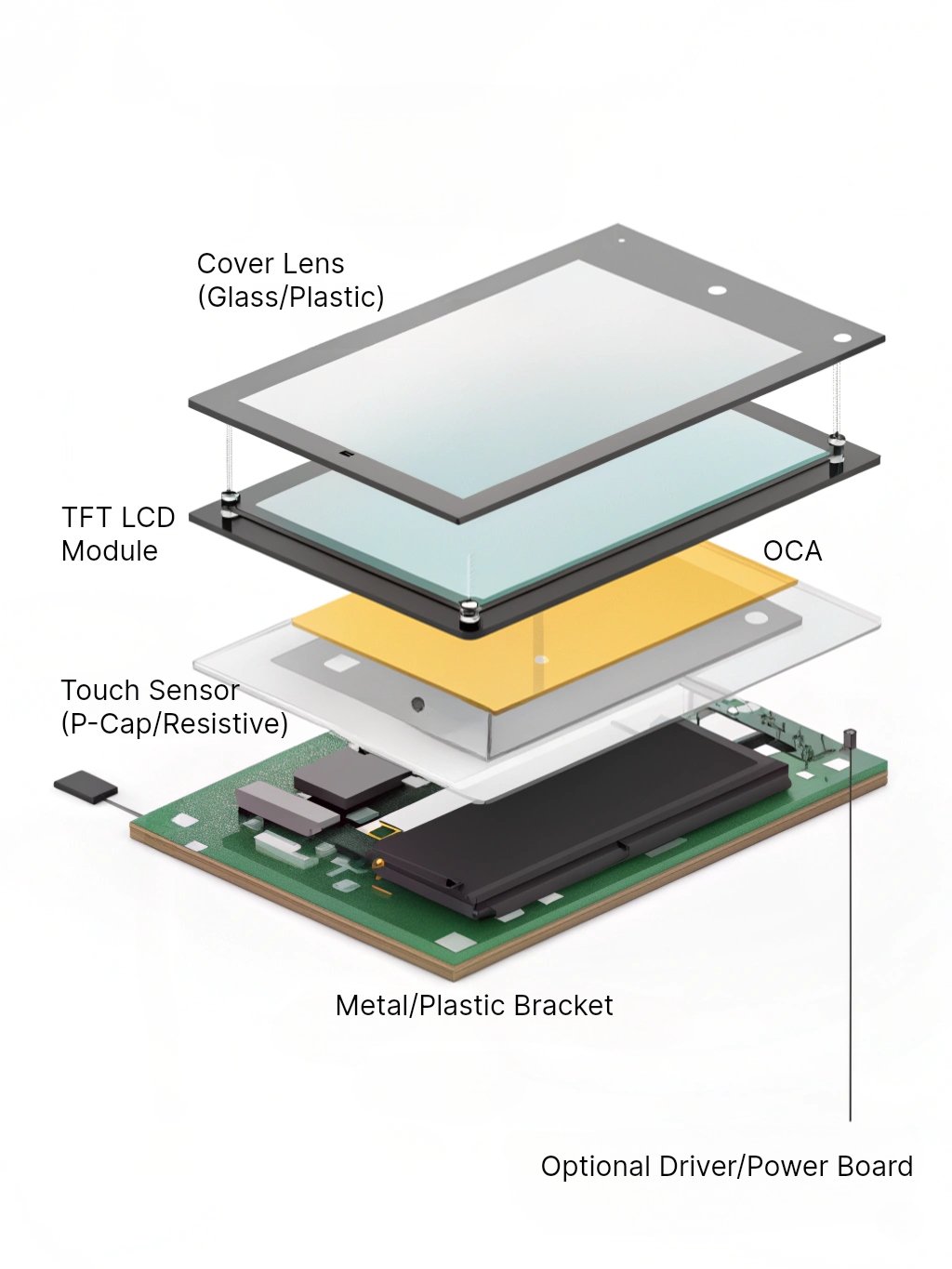Assurance
Lasting Trust
Bonding Quality Control
100 % AOI plus cross-section sampling to spot micro-voids.
Touch Performance Testing
Multi-point accuracy checked in humidity, rain-spray, and glove scenarios.
Burn-In & Stress Tests
Thermal cycling (–40 °C↔85 °C), vibration, and abrasion testing.

